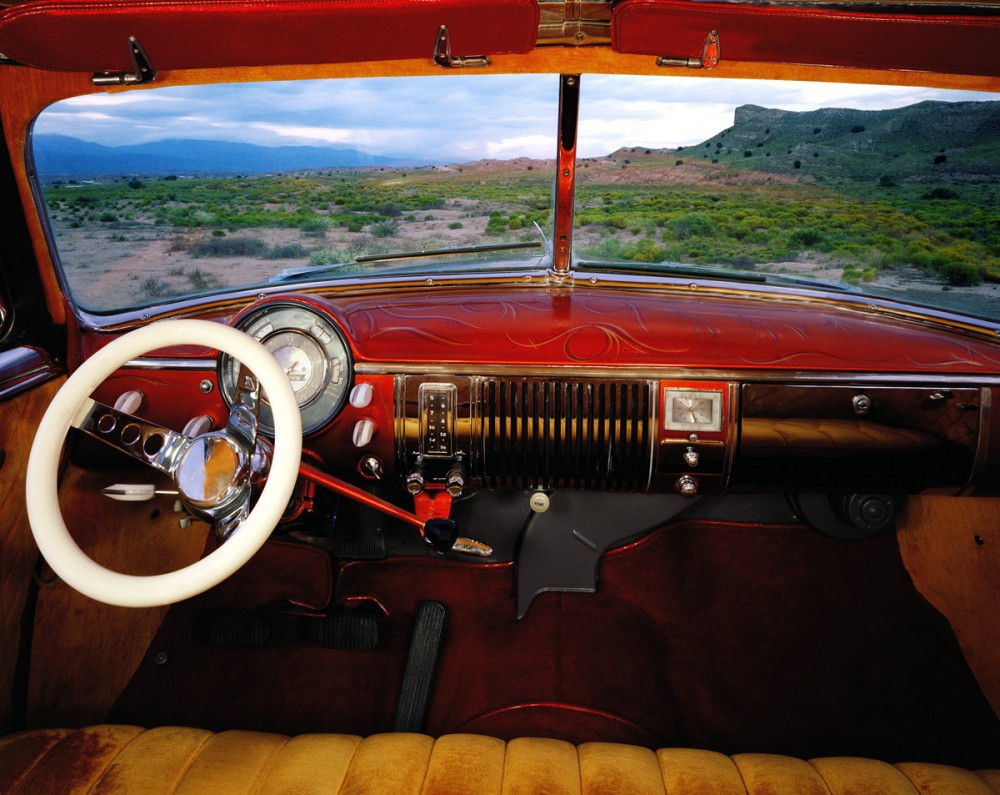
Selected photographs from
RED WHITE BLUE AND GOD BLESS YOU: A PORTRAIT OF NORTHERN NEW MEXICO
For two decades, living in a beautiful and isolated place, among Americans with a distinct language, character, and culture, I have often felt myself an expatriate in my own country.
Many American writers, photographers, and painters decide to leave the familiar in hopes of gaining insight and perspective in another land. Some flee the values and prejudices of provincial America to bask in what seems a more sophisticated foreign light. To harvest their art, others cultivate isolation in a place where responsibilities are few and time for work is ample. For still others, the new country itself is the primary interest. They want to enter and explore it, to render it, to come to know it in every way possible. If they are welcomed, if doors are opened to invite them inside, they may feel so at ease in new rooms, so immersed in another life, that the adopted country begins to look and feel like home, while the country of their birth seems foreign or strange.
Alex Harris, from the introduction to Red White Blue and God Bless You, 1992
In my color photographs from the back-seats of automobiles, I took new liberties. The departure from my old way of working at first troubled me. With my camera on a tripod inside a room, I did not alter what I was recording. This was both an ethical and a practical choice. I wanted to be as faithful to my subject as possible. I also sensed that my manipulation of the character of any village home would be far less interesting than the rooms as I found them.
However, the automobiles I most admired were usually parked in garages or in front of adobe walls. Some were covered with heavy waterproof tarps. I loved the way the landscape looked from these moving cars. But given the constraints of my equipment and film, I couldn’t make a successful exposure in motion, even slow motion.
So I made a choice. When I found a car interior I especially liked, I would photograph it against the backdrop of the man’s village, or the landscape he frequently drove through. I chose the location, the car, its orientation, the season, and the time of day or night to make the exposure. As I learned to control depth of field and to balance light with my view camera, I realized I could show what it was like for these men to be – and to see – in their cars.
From the introduction to “Red White Blue and God Bless You”



































